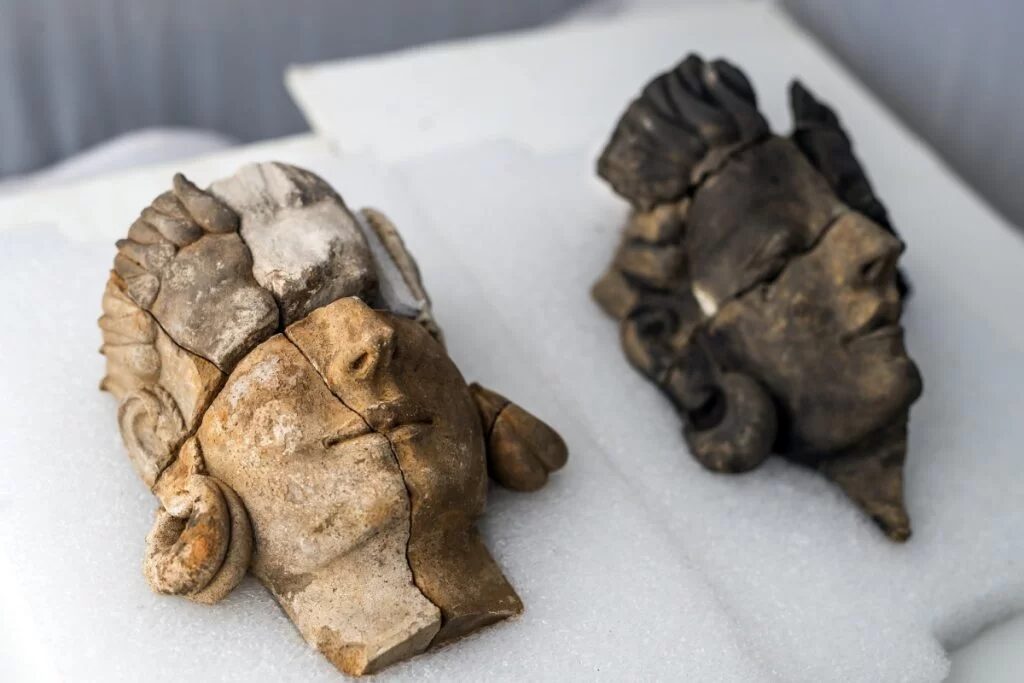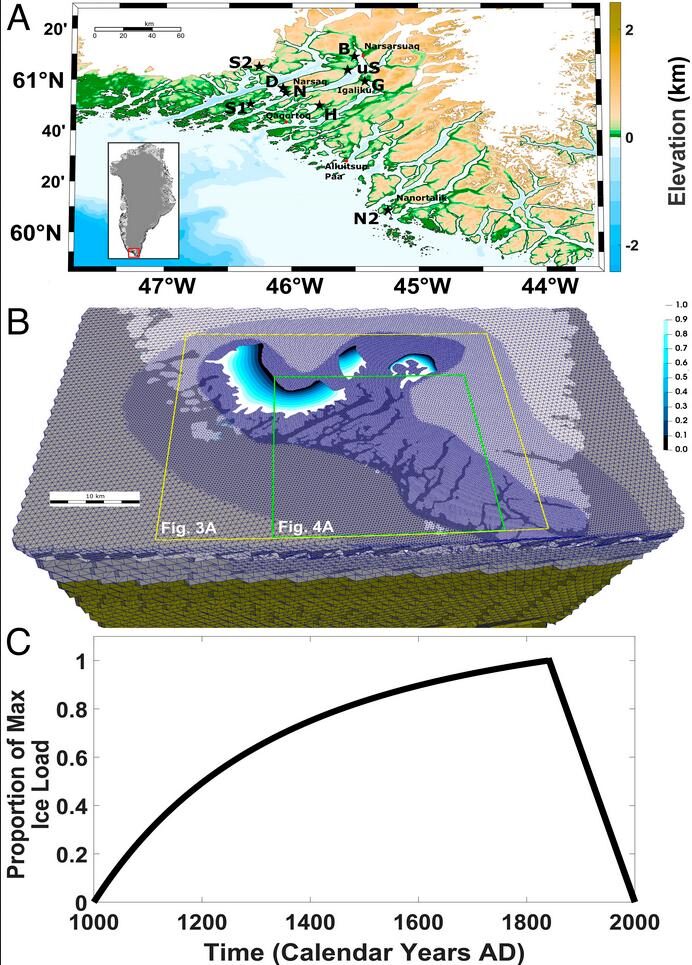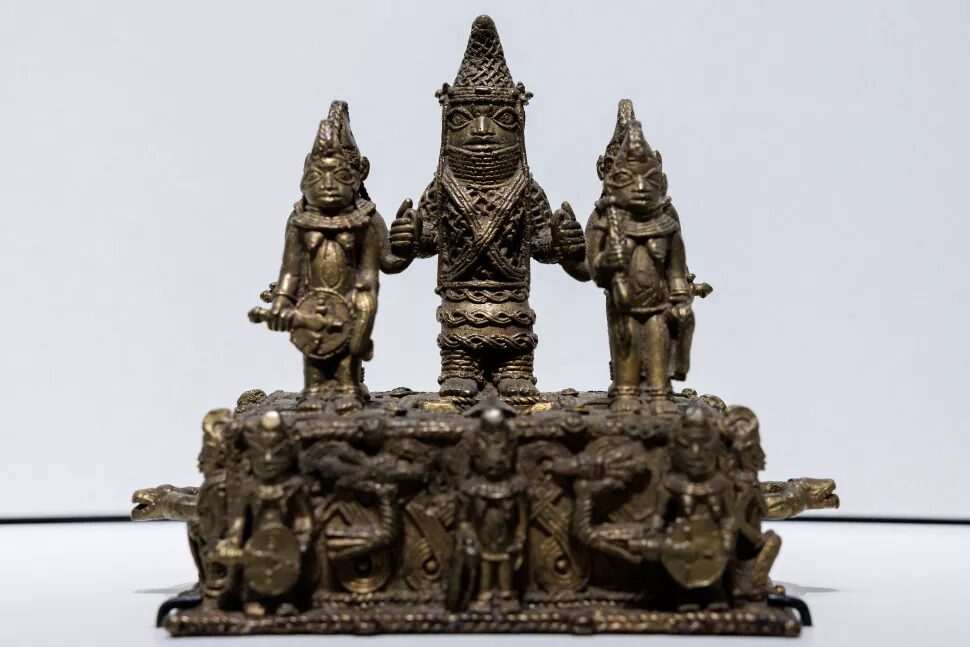The Xiongnu dominated the Eurasian steppes two millennia ago and
foreshadowed the rise of the Mongol Empire.

© Artwork by Galmandakh Amarsanaa, courtesy of Christina Warinner and the DairyCultures ProjectThe Xiongnu built a multiethnic empire on the Mongolian steppe that was connected by trade to Rome, Egypt, and Imperial China.
The Xiongnu, contemporaries of Rome and Egypt, built their nomadic empire on the Mongolian steppe 2,000 years ago, emerging as Imperial China's greatest rival and even inspiring the construction of China's Great Wall.
In a new study researchers find that the Xiongnu were a multiethnic empire, with high genetic diversity found across the empire and even within individual extended elite families. At the fringes of the empire, women held the highest positions of power, and the highest genetic diversity was found among low-status male servants, giving clues to the process of empire building that gave rise to Asia's first nomadic imperial power.
Long obscured in the shadows of history, the world's first nomadic empire - the Xiongnu - is at last coming into view thanks to painstaking archaeological excavations and new ancient DNA evidence. Arising on the Mongolian steppe 1,500 years before the Mongols,
the Xiongnu empire grew to be one of Iron Age Asia's most powerful political forces - ultimately stretching its reach and influence from Egypt to Rome to Imperial China. Economically grounded in animal husbandry and dairying, the Xiongnu were famously nomadic, building their empire on the backs of horses. Their proficiency at mounted warfare made them swift and formidable foes, and their legendary conflicts with Imperial China ultimately led to the construction of the Great Wall.
However, unlike their neighbors,
the Xiongnu never developed a writing system, and consequently historical records about the Xiongnu have been almost entirely written and passed down by their rivals and enemies. Such accounts, largely recorded by Han Dynasty chroniclers, provide little useful information on the origins of the Xiongnu, their political rise, or their social organization. Although recent archaeogenetics studies have now traced the origins of the Xiongnu as a political entity to a sudden migration and mixing of disparate nomadic groups in northern Mongolia ca. 200 BCE, such findings have raised more questions than answers.
To better understand the inner workings of the seemingly enigmatic Xiongnu empire, an international team of researchers at the Max Planck Institutes for Evolutionary Anthropology and Geoanthropology, Seoul National University, the University of Michigan, and Harvard University conducted an in-depth genetic investigation of two imperial elite Xiongnu cemeteries along the western frontier of the empire: an aristocratic elite cemetery at Takhiltyn Khotgor and a local elite cemetery at Shombuuzyn Belchir. "We knew that the Xiongnu had a high degree of genetic diversity, but due to a lack of community-scale genomic data it remained unclear whether this diversity emerged from a heterogeneous patchwork of locally homogenous communities or whether local communities were themselves genetically diverse," explains Juhyeon Lee, first author of the study and PhD student at Seoul National University. "We wanted to know how such genetic diversity was structured at different social and political scales, as well as in relation to power, wealth, and gender."




Comment: See also: